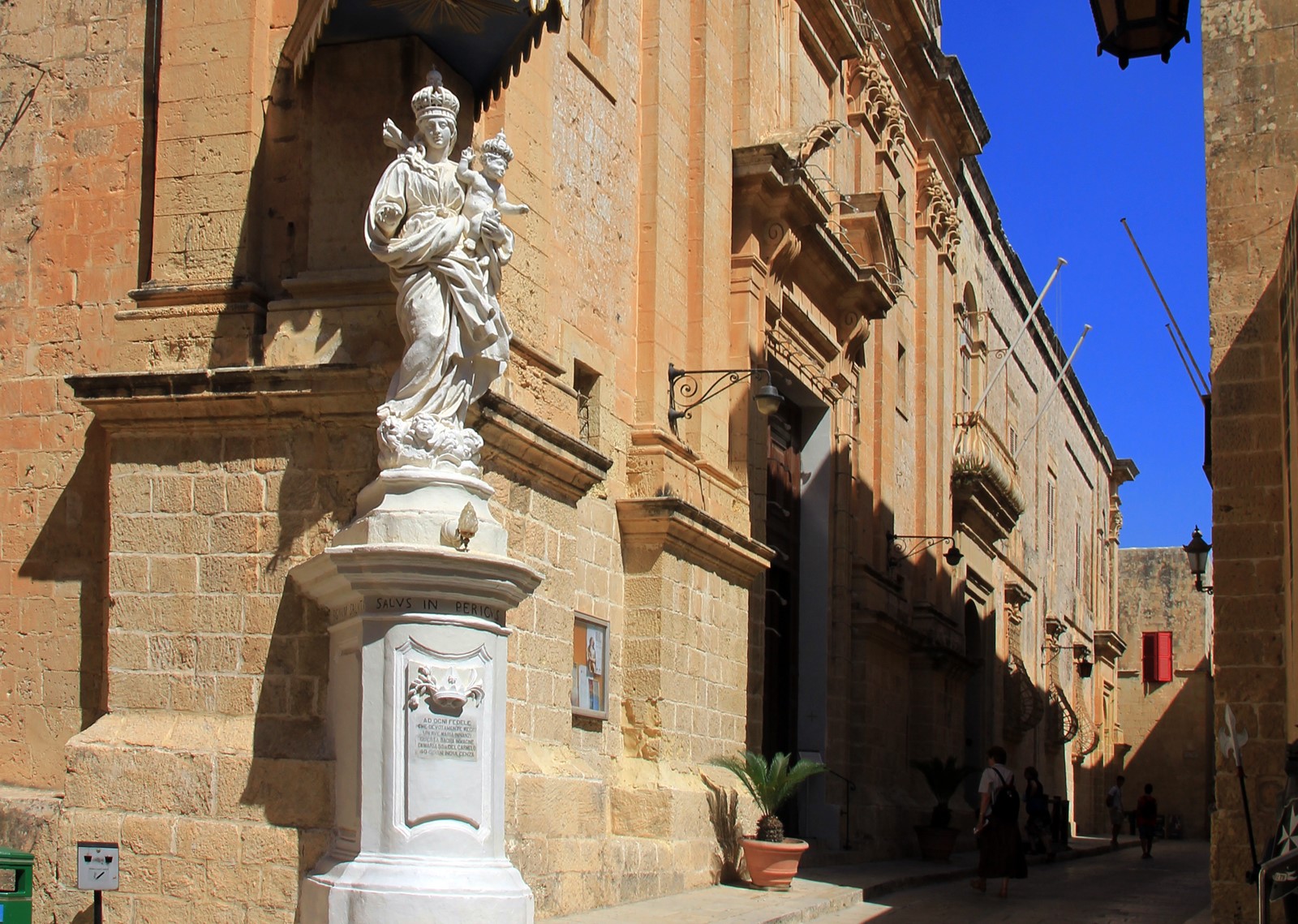
The many stories that our churches’ walls tell!
The second reflection about the paintings of Michele Bellanti in the Church of the Annunciation in Mdina
We know that all things work together for good for those who love God, who are called according to his purpose.
Romans 8:28
The significance of this Carmelite church in our nation’s history is as deep as the devotion of the Maltese towards Our Lady of Mount Carmel and the Brown Scapular.
Although it is not the first church to be erected on this site, when the chapel and surrounding area were given to the Carmelites around the middle of the seventeenth century, a new church—believed to have been designed by the French military engineer Mederico Blondel des Croisettes—was built between 1660 and 1675. This was the first church constructed to an elliptical plan in Malta. It is also one of the churches in Maltese Baroque architecture built in the ‘centralised’ design.
Following the earthquake of 1693, the Cathedral Chapter and the Mdina parish moved to the Carmelite church until 1702, when work on the construction of the new cathedral was completed and it was consecrated. Around a hundred years later, in July 1798, the French rulers ransacked the church of its silver valuables to fund Napoleon’s military campaigns. But, when in September of the same year, the French returned to steal the damask, a group of Maltese locked themselves up in the church, and it is said that a little boy went up to the belfry to sound the alarm. This event set off the resistance against the French occupation which ended in 1800.
Along with these momentous events, there must be so many intimate and personal ones associated with this church. Anecdotes of friars within the four walls of the priory, sanctified by their yearning for God under Mary’s protection. Stories of families—noble as well as poor—that hold together the golden threads which run through this place of worship. Accounts of devotion, prayer, sighs, and thanksgiving for graces granted.
It makes you wonder of the innumerable stories narrated by the walls of churches dotted around the Maltese islands, almost like an Olympus of temples and deities or a Mount Athos with its many monasteries. Perhaps, while enjoying your holidays this summer, it would be good to pause and think about the churches that bind your own and your family’s story. And it would not be such a bad thing to go and face your past, to perceive it there in the light of the Lord of History and of his plan of love for you and for all humanity.



